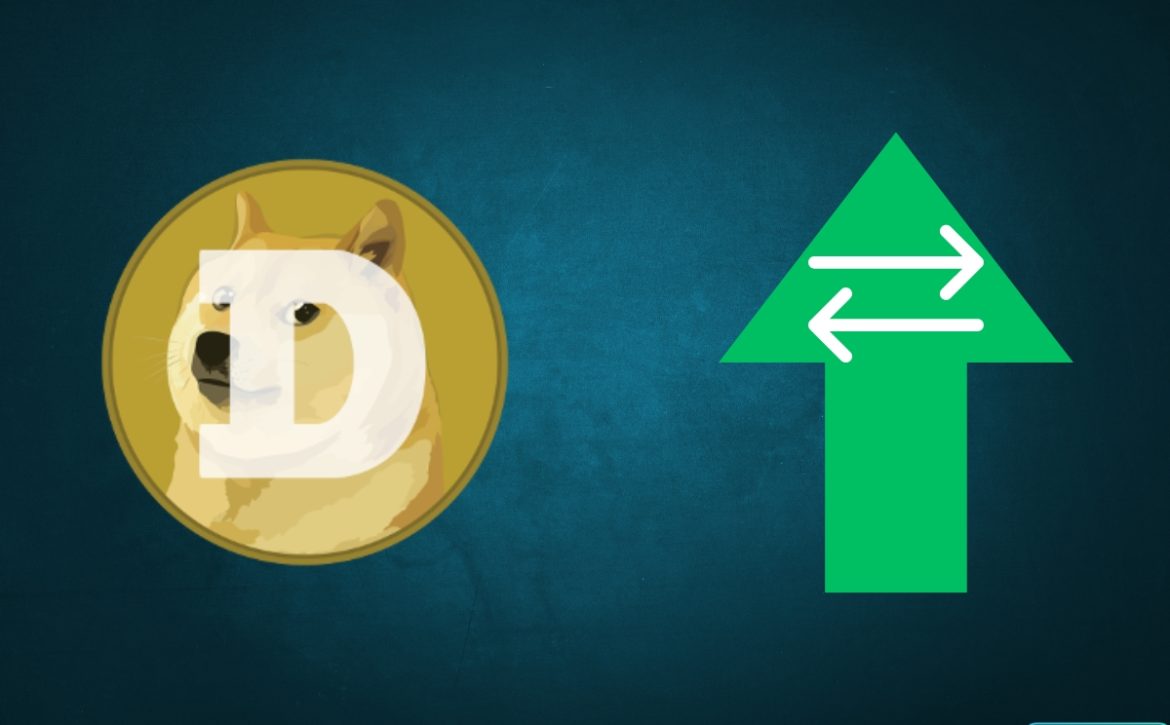LayerZero candidate for airdrop with $3 billion valuation
Our experts tell you what you need to know about blockchain interaction technology. And a possible airdrop of the LayerZero project, supported by leading venture capitalists
In April, LayerZero Labs, a company that creates technology to help existing blockchains interact with each other. And announced it had raised $120 million in an investment round led by a16z crypto. This is the cryptocurrency arm of venture capital firm Andreesen Horowitz.
The project, launched less than two years ago, has a total investment of $250 million at the time of publication. This is not the first time for LayerZero the large-scale funding round is one of the largest among cryptocurrency companies in 2023. And LayerZero Labs’ valuation of $3 billion puts it on par with market giants like Coinbase, which has a market capitalization of more than $13 billion.
Along with heavyweights Andreesen Horowitz and Sequoia Capital, more than 30 investors have invested in LayerZero Labs. And including the venture capital units of Samsung, auction house Christie’s, USDC stabcoin issuer Circle, NFT-marketplace OpenSea, cryptocurrency exchange OKX and others. Participation of representatives of different spheres of activity. At the same time, directly or indirectly related to the crypto-business, probably, indicates the demand for solutions of this project. And their subsequent integration into a wide range of services of Web3 segment.
Interaction of different blockchains with each other
LayerZero Labs co-founder and CEO Brian Pellegrino has assembled a team of developers to tackle the problem of insularity of various blockchains. And the crypto-assets and applications that exist on them. He himself calls LayerZero a “messaging protocol” . That is, software code that allows application developers to send data, for example, from Ethereum to Solana.
By “messaging” is meant a variety of scenarios and operations. This includes, among others, converting coins or tokens from one network into coins or tokens in another. Thanks to the so-called bridges that use LayerZero, this transfer is faster. It is also cheaper and more convenient compared to existing solutions – both decentralized and those that involve an intermediary in the form of an exchange or an exchanger.
What blockchain bridges are and why they are needed
In a press release accompanying the April investment round, a16z lead partner Ali Yahya said. That there are already more transactions flowing through LayerZero than all existing bridges in known ecosystems. He added that “there is already no doubt” that the future of cryptocurrencies is “multichain.” That is, the process of interconnecting multiple blockchains and the assets, services and applications that exist on them. LayerZero already uses decentralized crypto exchanges, including PancakeSwap, SushiSwap, TraderJoe and Uniswap.
Pellegrino dropped out of college to become a professional poker player. When the U.S. government banned online poker in 2011, he already had the capital to launch his first startups. While studying computer science in college, he created a fantasy sports website. Which he sold two years after launching. Then his entrepreneurial career continued: he worked with professional baseball teams. And did research on machine learning algorithms and launched another business before LayerZero.
LayerZero Labs now employs 42 people and is co-founded by Ryan Zarick. Employees work from offices in Vancouver and Hong Kong. The company earns money by charging a commission for every interaction with its protocol. But Pellegrino said the significant amount of funding allows the company to focus on more global goals than maximizing profits alone.
Partners plans to continue to dominate the growing field of companies That offer developers ways to transfer data between different blockchains. LayerZero’s competitors include the Cosmos project. In which developers also position it as a protocol by which different blockchains can send and receive data.
“Our goal is to win and capture the whole market in this niche,” Pellegrino told Fortune. He said LayerZero is using investor funds to expand its Web3-gaming presence. It’s also expanding into the Asia-Pacific region.
Possible Airdrop by LayerZero
LayerZero is known not only for in-demand technical solutions and billion-dollar business valuation. Participants of the cryptocommunity consider the project to be one of the main candidates for a major airdrop.
The company itself has not announced the distribution, as well as the launch of its own token in principle. But certain business patterns and a significant amount of venture capital investment act as indirect evidence That LayerZero may follow the example of sensational airdrop projects such as Aptos, Blur, Optimism or Arbitrum. The latter went beyond the cryptocurrency community in terms of hype. When it became widely known that the participants of the giveaway received tokens worth thousands of dollars.
Service developers often don’t announce the token at launch. But similar parameters in doing business, as well as the experience of their competitors, help community members determine. Which projects will decide sooner or later to release their own asset. And which types of activity can be rewarded.
Even before the sensational distribution of tokens from Arbitrum by so-called drophunters, it was LayerZero that was in the list of the most obvious contenders.
It’s easy to find instructions or detailed checklists with a set of project activities in blogs, thematic channels or chat rooms. Who are using LayerZero solutions, claiming airdrop. It even goes so far that even quite large resources publish instructions on how to participate in an unannounced airdrop, such as the OKX exchange blog. Most of them duplicate each other in one way or another. For example, a potential candidate for distribution must be active in social networks of the project. And attract new members, use existing services in the test network, etc.
It remains to be seen how developers will react to this, if they actually arrange an airdrop. One way or another, from a financial point of view they benefit from any interaction with the protocol. Both from a really interested in the project, and from another “airdrop hunter”.










